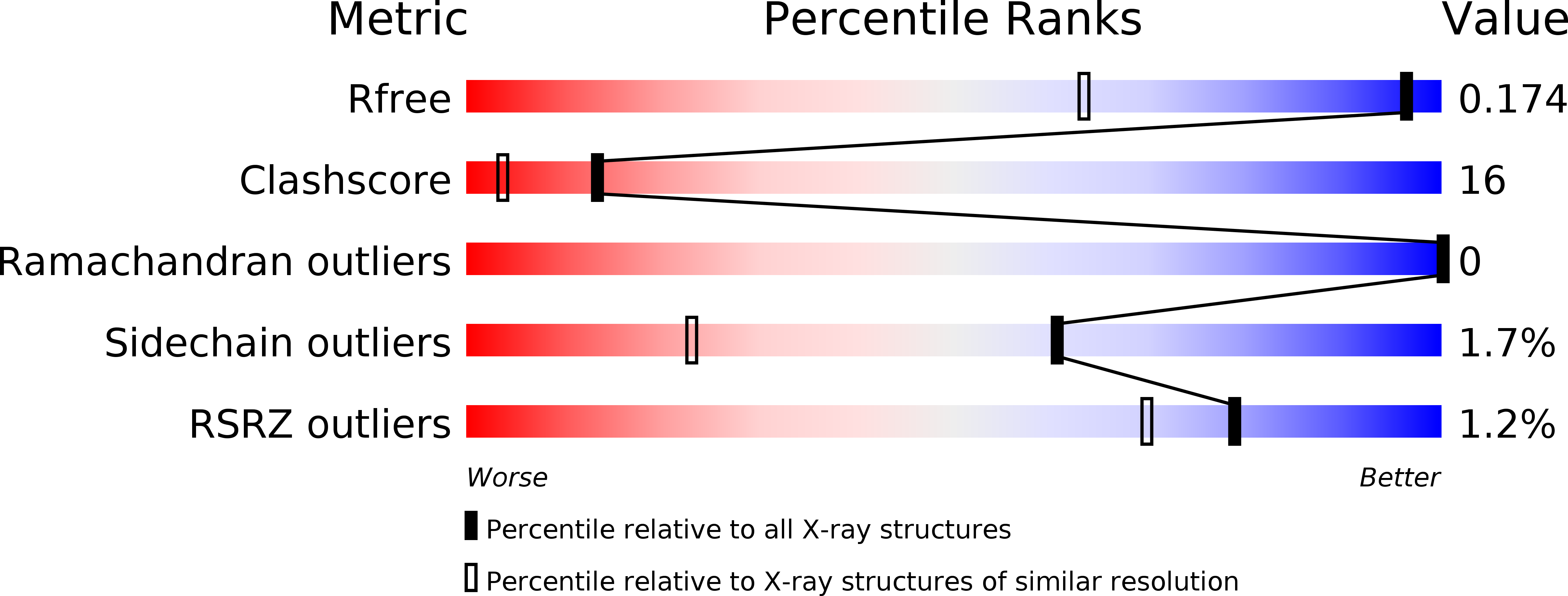
Deposition Date
2009-09-04
Release Date
2010-04-28
Last Version Date
2024-05-01
Entry Detail
PDB ID:
2WSB
Keywords:
Title:
Crystal structure of the short-chain dehydrogenase Galactitol- Dehydrogenase (GatDH) of Rhodobacter sphaeroides in complex with NAD
Biological Source:
Source Organism:
RHODOBACTER SPHAEROIDES (Taxon ID: 1063)
Host Organism:
Method Details:
Experimental Method:
Resolution:
1.25 Å
R-Value Free:
0.17
R-Value Work:
0.13
R-Value Observed:
0.13
Space Group:
P 21 21 21


